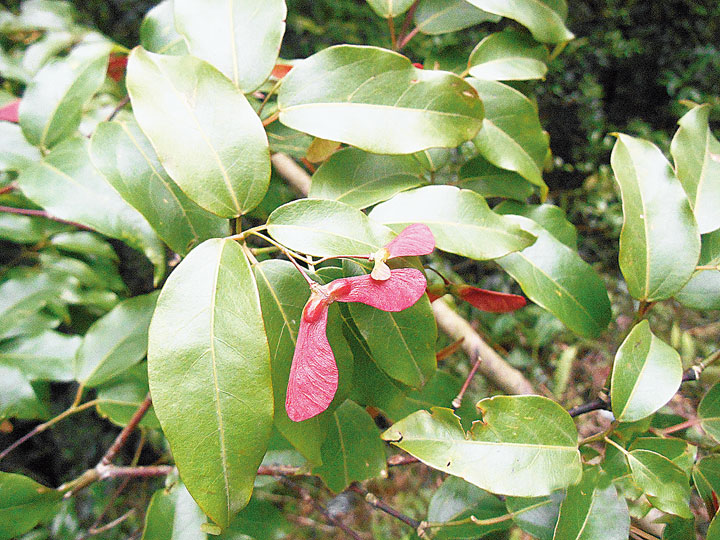Meghalaya and other parts of the Northeast are losing their rich endemic floral diversity.
A study done by researchers from the North Eastern Hill University (Nehu) and others and published in the current issue of the Journal of Threatened Taxa says most species considered endemic to Meghalaya have extended geographic distribution to neighbouring states and other countries.
The study was done by Aabid Hussain Mir and Krishna Upadhaya of the North Eastern Hill University, Dilip Kumar Roy and Chaya Deori of the Botanical Survey of India and Bikarma Singh of the Indian Institute of Integrative Medicine, Jammu.
The study says 548 plant taxa are endemic to Northeast India or Indo-Burma or the eastern Himalaya region, compared to the 1,236 species reported earlier. Of these, 115 species are exclusively endemic to Meghalaya.
The dominant life form is epiphytes (25.4 per cent), followed by trees (25 per cent), shrubs (21.7 per cent), herbs (21 per cent), climbers (6.6 per cent) and parasites (0.4 per cent). In terms of species richness, Orchidaceae is the largest family with 146 species and Bulbophyllum is the dominant genera represented by 15 species.
“A majority of the endemic taxa are restricted to protected areas such as national parks, wildlife sanctuaries, conservation reserves and small forest patches preserved in the form of community forests or sacred groves. Lesser known species with small populations outside the protected areas are on the verge of extinction due to a number of anthropogenic activities, warranting immediate conservation measures,” it says.
The degree of endemism for an area is cited as a measure of the uniqueness of the flora. Researchers involved in the study say 3,334 plant species are known from the state, information on endemic species is scarce and a complete checklist of endemic plants is still lacking. Some studies have been carried out to enumerate endemic species, but these are inadequate. Many new taxa have been described from the state in the recent past and several taxa, earlier considered endemic to the state, have been reported from other parts of the world.
The present study was conducted to assess the diversity of endemic plants in the state and provide base-line information on their distribution. This will help in conservation and management of target species.
The study says the present checklist substantially reduces the number of endemic species from previous studies but in no way downlists Meghalaya’s global importance in endemism.
It says the rich genetic diversity has been depleted and many plant species are facing the threat of extinction. This is evident by the fact that endemic species such as Carex repanda and Sterculia khasiana are considered possibly extinct.
“Therefore, it may be concluded that the state is rich in endemic flora but since the last few decades, the forests in the region have been disappearing at an alarming rate... has resulted in the degradation of the environment and habitat of native species of the state,” it says.
The study calls for an urgent need to conserve the remaining endemic flora.
It says ecological restoration through re-vegetation of the disturbed areas should be done using indigenous tree species and intensive taxonomic and phylogenetic studies, vegetation surveys and biogeographical research should be conducted on the endemic flora. Moreover, in situ conservation efforts have to be supported by adequate ex situ conservation measures.










